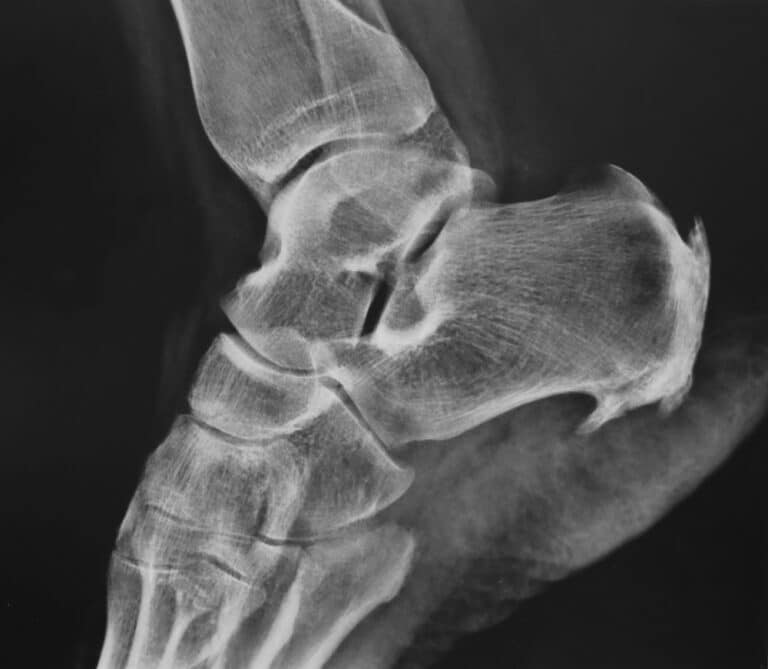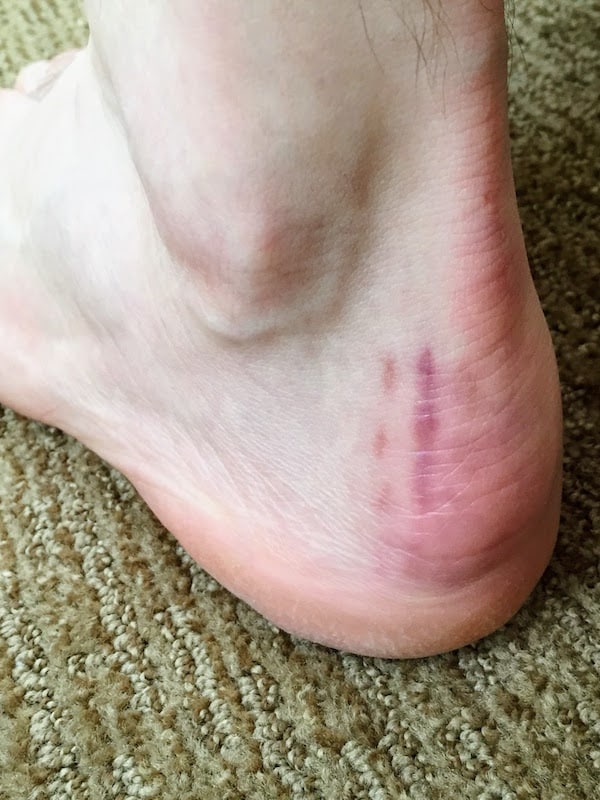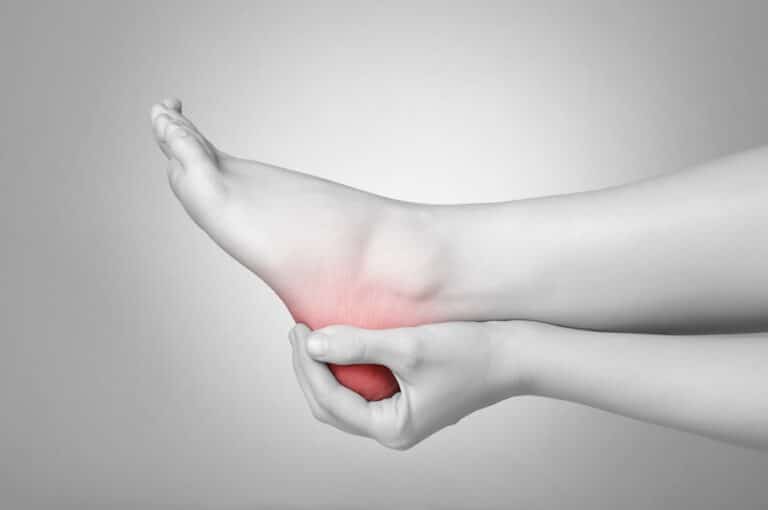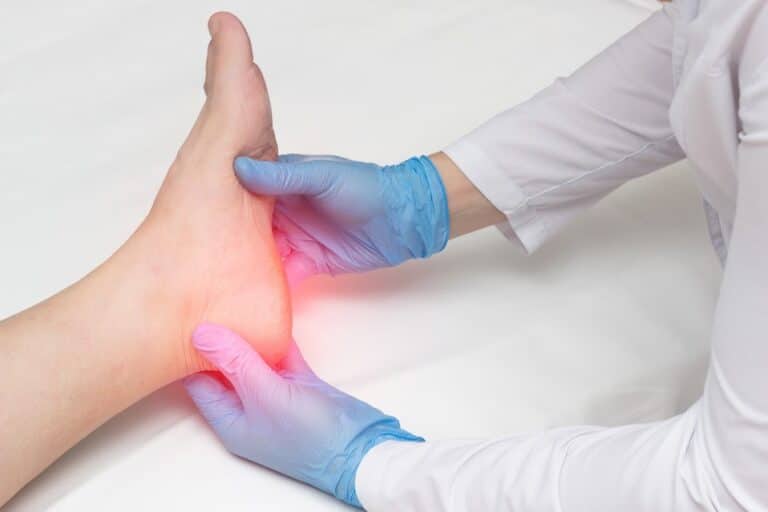Corns are thickened layers of skin that can form in many places on the body, but they most commonly develop on the bony parts of the feet. With a bit of care, they are easily treated, but if not done right, there is a possibility of developing corn foot pain and even having to undergo corn removal surgery. We’ve compiled everything you need to know about relieving discomfort, as well as ways to protect your feet from developing a corn.
How Can You Protect Your Feet From Corns?
Foot corns can develop if there’s frequent pressure, irritation, or friction against certain parts of your feet, especially in the area around the toes. So, protecting your feet from corn is all about minimizing that repeated friction and any additional pressure that could come from your footwear. Here are the most important ways in which you can prevent a foot corn from forming and potentially becoming very painful.
Get Shoes That Have Plenty of Room
When there’s a pair of ill-fitting, uncomfortable shoes on your feet, the unpleasant rubbing and pressure can easily result in a foot corn. If the shoes are too tight, it will create a lot of pressure and squeezing that can cause the skin to thicken, which will gradually become worse if the problem is not dealt with on time.
So, it’s important to always wear comfortable shoes that fit just right, and while they need to have plenty of room for your foot to fit in perfectly, be careful about getting a size too large. Shoes that are too loose will have the foot sliding around inside and rubbing against it, so they could easily just as well cause the development of foot corns.
Use Protective Coverings
It’s not only about what kind of shoes you wear – it’s also about the protective coverings you use in order to separate the shoe from the skin of your foot. If your socks are not the right size and slide around in the shoe, all of that additional friction can cause a foot corn very easily.
Wearing your shoes without socks is not a good idea, so invest in some comfortable, moisture-wicking socks that will protect your feet properly. You should consider also using silicon or pressure-relieving pads and other kinds of shoe inserts, and maybe even get some custom-made shoes, especially if you have feet with an abnormal bone structure.

Who Is Most Likely to Get Corns?
If you’ve frequently done some of the things we’ve just mentioned you should avoid, the possibility of developing foot corns increases. Also, if you have a medical condition that causes deformed alignment of the bones in your feet, such as bunions on your feet, arthritis, bone spurs, or hammertoe deformity, you are more likely to develop foot corn, especially if you’re not utilizing the right foot gear for your condition.
How to Relieve Corn Foot Pain?
A foot corn might not be painful when it first develops, but it always has the potential to become more painful over time as it gradually thickens and grows larger in size. Because they usually appear at the sides of the toes or bottom of the feet, these pressure points can just keep getting irritated and result in intense pain and difficulty when walking. With that in mind, here are the most effective ways you can relieve corn foot pain.
Use Oils
Soaking your feet in warm water and moisturizing them regularly will help keep the skin nice and soft. On the other hand, if the corn feet are starting to get more painful, it’s a good idea to use a cold pack in order to relieve the pain and swelling or try using oils to treat your foot corn. Here are some of the best organic options:
- Coconut oil,
- Olive oil,
- Roman chamomile essential oil.
Invest in Corn Pads
Using corn padding, which you can purchase at any drugstore, will definitely help in relieving the pain because it protects the foot corn from getting any additional irritation or friction. Simply apply the pad to the area where it has developed. If it contains salicylic acid, it could irritate the healthy parts of your skin, so be careful. To be extra safe, apply Vaseline to the area around the corn before you put the pad on it.
Try Over-the-Counter Meds
When it comes to over-the-counter medicine for dissolving foot corn, the same rules apply – they can contain harsh chemicals, so you need to be really careful when applying them. If you’re not sure how to do it the right way, or you have an underlying health condition, it’s essential to not do it yourself and consult with a specialist instead.

Consult Your Surgeon in Miami if You Want to Remove Corns
If you experience pain from your foot corn, it’s best to get in touch with specialists at Luxe Foot Surgery clinic. Our team will help you with every part of the process, from getting the corn surgery removal to dealing with pain after the procedure, if there is any. So, contact us and schedule your free consultation – you can find all the necessary information on our website.
FAQ
How Do You Stop a Foot Corn From Hurting?
The best way to stop a corn from hurting is by using protective layers, soothing treatments, or completely removing the corn with a surgical procedure.
Why Is My Foot Corn So Painful?
If there is intense pain in your foot corn, it could be an indicator of bigger problems like infection, so it’s best to get in touch with a reputable specialist.
Will Corn Pain Go Away?
Corn pain can go away if treated correctly or if the corn is removed altogether with a medical procedure.
Do Corns Make It Painful to Walk?
Because they form on the key pressure points of the foot, corns can potentially make it really painful and difficult to walk.
References
- Cleveland Clinic. (2021). Corns and Calluses. Retrieved from https://my.clevelandclinic.org/health/diseases/16896-corns-and-calluses
- Mayo Clinic. (2021). Corns and Calluses. Retrieved from https://www.mayoclinic.org/diseases-conditions/corns-and-calluses/symptoms-causes/syc-20355946
- Healthline. (2021). Treating and Preventing Foot Corns. Retrieved from https://www.healthline.com/health/foot-corn
- Dr. Scholl’s. (2021). Foot Corns. Retrieved from https://www.drscholls.com/ca/symptoms-and-conditions/foot-skin-conditions/foot-corns/
- WebMD. (2021). Understanding Corns and Calluses – the Basics. Retrieved from https://www.webmd.com/skin-problems-and-treatments/understanding-corns-calluses-basics




